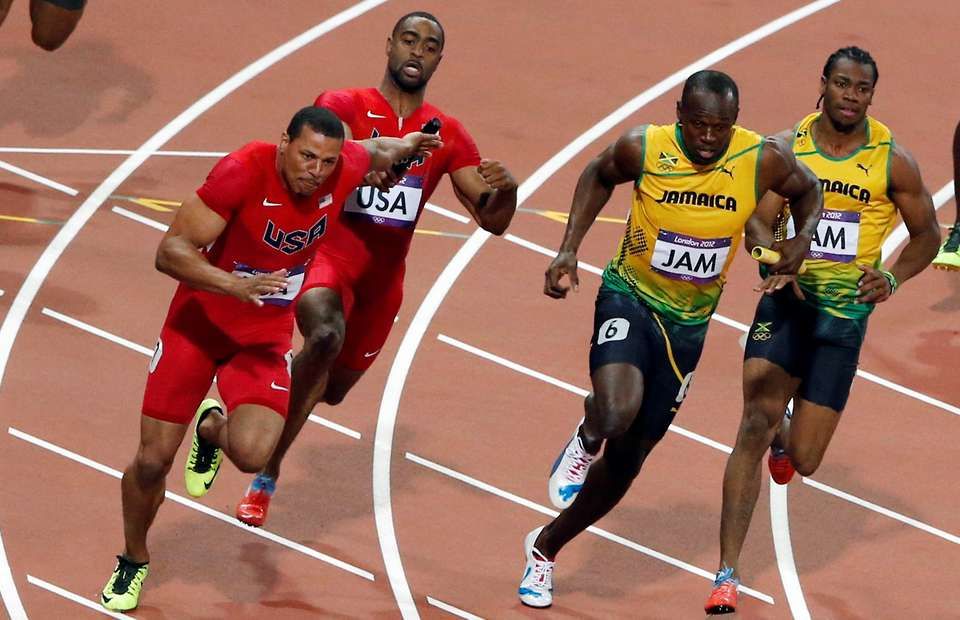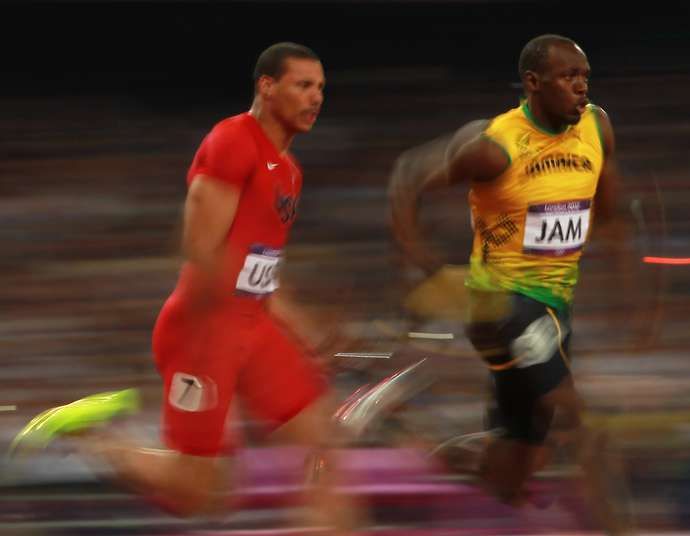Have you ever wondered what makes an elite sprinter?
Well, it turns out that possessing a larger gluteus maximus - that's bum to you or I - is a major asset.
According to research carried out by Rob Miller, British Athletics' strength and conditioning coach, and Professor Jonathan Folland, who specialises in neuromuscular performance, as per The Guardian, having large gluteus maximus and hip extensor muscles can make a significant difference.
Their study measured 23 lower body muscles in 42 males, of which five were elite athletes, 26 were sub-elite and 11 weren't trained at all. The results indicated that 44% of sprint time variables were due to gluteus maximus strength, with the elite athletes having 45% bigger backside muscles when compared to their peers.
Following their findings, Folland expressed his astonishment that one factor could have such an impact on a 100-metre sprint.
"This is surprising because sprinting is thought to be influenced by many factors – technique, psychology, nutrition, anatomy of other structures – so to find a single muscle that alone seems so important, explaining nearly half the variability, is remarkable.
"It appears that muscle size is more important for fast running than we thought and especially the size of the hip extensors and gluteus maximus. The logical implication is that with a larger gluteus maximus the runner will be able to generate more power and therefore greater sprint speed," he concluded.
The findings have been published in Medicine and Science in Sports and Exercise, and will no doubt interest athletes seeking to reach the pinnacle of the sport. This latest discovery could see them altering their training regimes to target gluteus maximus and hip extensor development.
Focusing on the anatomical makeup of female athletes is next on the agenda, with research set to be conducted in the near future to understand what makes elite women sprinters stand out from the crowd.


















